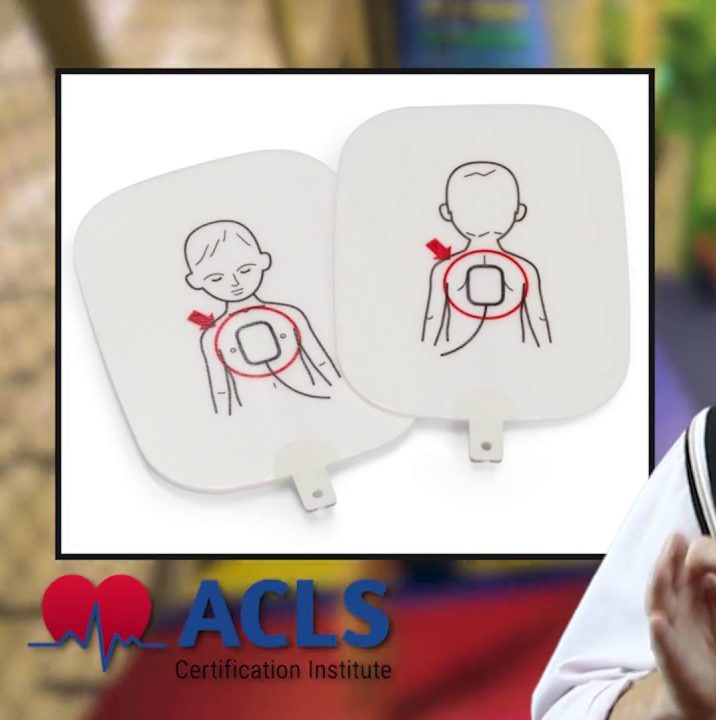In a survey assessing prehospital providers’ knowledge of traumatic stress in children, 83% of respondents saw all aspects of psychosocial care as part of their job. However, on average, respondents answered only 2.7 out of 7 knowledge questions correctly. Interestingly, the respondents with the highest scores were mothers with a child under the age of 17 who reported that at least 10% of their patients were children.
Since pediatric emergencies make up a small percentage of calls, these situations can cause extreme anxiety. That’s why it is important to continually review special considerations for pediatric patients so that when a call comes, we are prepared to provide the best patient care. Reviewing your PALS course materials every few months instead of every two years can help you improve pediatric patient outcomes.
Children Are Not Little Adults
Kevin Grange, author of Lights and Sirens: The Education of a Paramedic, writes, “You should avoid thinking of pediatric patients as little adults.” Their heads are proportionally larger and have less blood.
Children are more susceptible to trauma after a fall as well as developing shock from loss of blood. Additionally, Grange points out that since they have larger tongues and smaller airways, they are more susceptible to airway obstructions from foreign objects. Because children can dehydrate more easily, Grange suggests paying attention to the first signs of shock, such as a rapid heart rate or irritability. Teaching parents and providers how to recognize a child’s anatomical differences can actually save their lives.
Children Behave Differently By Age
When faced with a pediatric emergency, Grange says we can’t always get a good history from the patient or even the parents. While he says we should pay attention to the parent’s intuition that something isn’t right, it’s also good to compare the behavior of the patient to how a child that age would behave normally. However, behaviors change as children develop. Here are some recommendations Grange gives:
- Infants (0-12 months) are comforted by the sound of a parent’s voice or being held by a parent.
- Toddlers (1-3 years) fear separation and can be comforted with a small toy or sitting on a parent’s lap.
- Preschoolers (3-5 years) are more likely to be scared by the sight of blood and need constant reassurance.
- School-aged kids (6-12 years) have vivid imaginations, especially concerning death. They can generally follow directions but need constant reminders.
- Adolescents (13-18 years) can get caught up in the hysteria of a 911 call; a variety of calming measures must be ready to use.
Grange warns that when faced with a pediatric emergency, you should first observe the child and look for chief complaints or anomalies from normal behaviors of children that age rather than stopping to listen to the story from the parents.
Children (And Parents) Need Encouragement
When a pediatric emergency arises because of an unhealthy lifestyle or choice, the Office of Disease Prevention and Health Promotion (ODPHP) recognizes that you, as a healthcare provider, may want to encourage the patient and the family to make healthy changes. Start by suggesting small changes or shifts like replacing soda with water at lunch. The ODPHP also suggests anticipating barriers like time and budget and address them with the parents now. Let them know you are understanding and supportive of their efforts to make even a tiny change towards better health.
Because most EMS providers don’t see a lot of pediatric emergencies, Grange recommends keeping your skills fresh. You can expand your knowledge base by taking a PALS course. ACLS.com offers online PALS certifications that include the latest emergency cardiovascular care (ECC) guidelines and meets all PALS certification requirements. Register today to get 24/7 access to accredited course materials.
Sources
Alisic E, et. al. Trauma-informed care for children in the ambulance: international survey among pre-hospital providers. European Journal of Psychotraumatology. 2017; 8(1): 1273587. Published online 2017 Feb 8.
Grange K. Pediatric patient ABCs: 7 tips for EMTs and paramedics. EMS1. May 6, 2019. Accessed November 5, 2020. https://www.ems1.com/pediatric-care/articles/pediatric-patient-abcs-7-tips-for-emts-and-paramedics-KYLWD13oQPR9q8Qx/
Quam J, De Jesus J. Help Your Patients and Clients Make Changes that Will Stick. Office of Disease Prevention and Health Promotion. Health.gov. January 9, 2019. Accessed November 5, 2020. https://health.gov/news-archive/blog/2019/01/help-your-patients-and-clients-make-changes-that-will-stick/index.html
Recommended Articles

PALS Primary Assessment – Airway
What is an airway? I think of it as a pathway to get air into the child (oxygenation) and CO2 out of the child (ventilation).




